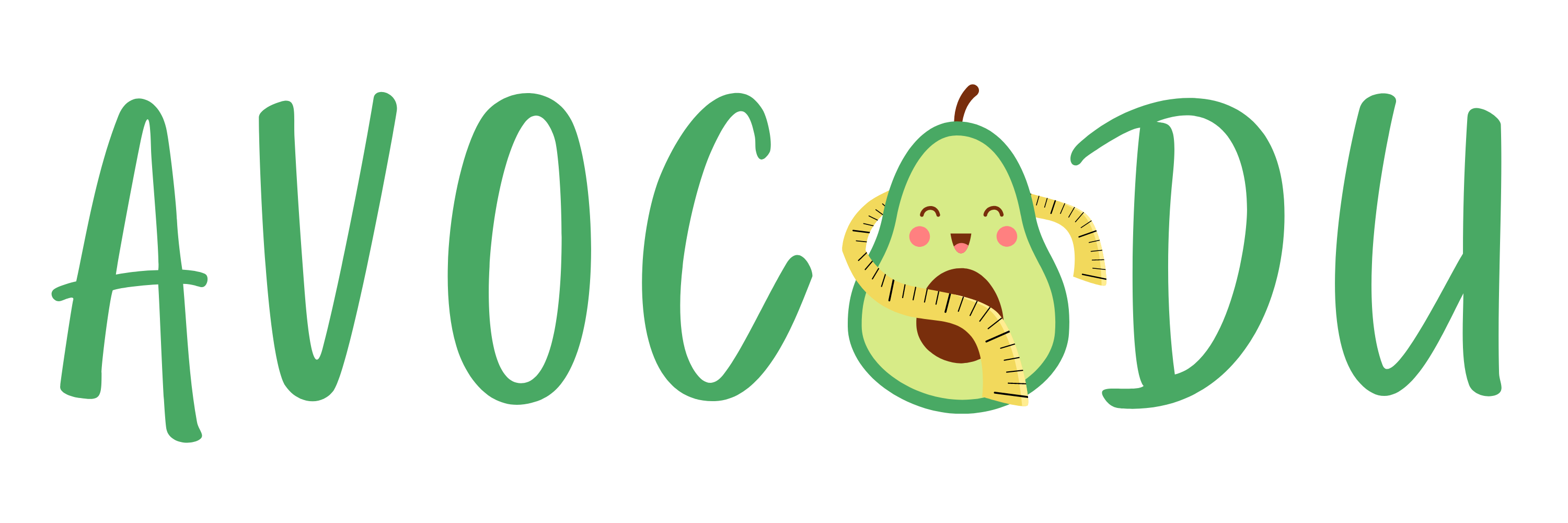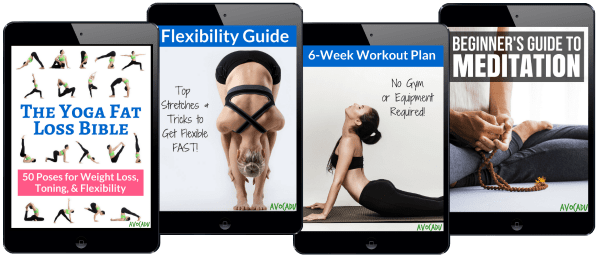10 Yoga Tips for Anyone with a Bigger Body
The most beautiful thing about yoga is that ANYONE can do it! It does not matter your age, size, flexibility, etc. But this article is focused on yoga tips for anyone with a bigger body.
There is often a stigma attached to it because there seems to be a very thin stereotype that exists when you see photos and articles on the internet.
The opposite is true. Yoga is for anyone and everyone.
It is about the relationship that you have with your body. It is not about others. Sure, some people are far more flexible than others and can perform certain poses that others cannot. But it’s not about that. It’s about pushing and challenging your own body in new ways.
You are your only limit, so make sure to keep yourself open to the wonderful things that you can do with a yoga practice.
The following are tips that may be helpful to keep in mind while you are beginning or progressing with your practice:
This post may contain affiliate links, which helps keep this content free. Please read our disclosure for more info.
1. Widen your stance.
Most poses call for your feet to be hip-width apart. For people with a bigger body, it may actually help to have your feet a little wider apart. This can help you increase your balance and stability.
Experiment with it. Try poses both ways, and find where your feet are the most comfortable.
2. Listen to your body.
If you feel uncomfortable or feel your skin stretching or getting in the way, adjust in the way that you need to and move on. Most yoga poses and instructions are designed to keep bones and muscles in alignment. They don’t account for extra skin or fat on the body.
Feel free to deviate from the instructions when you see fit. If you need to readjust to realign yourself in a different way to feel more comfortable, definitely do so.
3. Be mindful of your weight.
We mean this in the sense that having more weight to carry can make certain poses more difficult. For example, arm balances will require more strength from you.
If an instructor says to hold Crow pose (an arm balance) for 30 seconds, make sure to listen to your own body and strength and stop when necessary.
The wrists are very delicate and also very vital to your yoga practice. An injury could set you back weeks or worse. Be mindful of the strength that is required for what you are doing, and work on practicing every day to build up that strength.
Next up on the list of yoga tips for anyone with a bigger body is…
4. Stretch more.
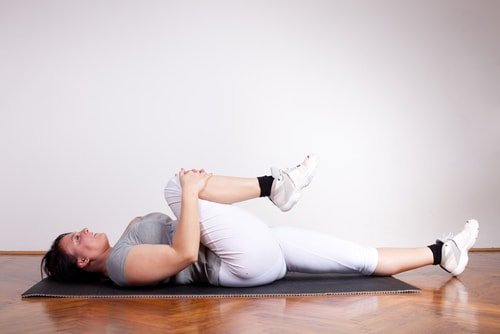
Because you may have a little more difficulty moving your body in certain ways, make sure you stretch frequently. Flexibility is a huge part of yoga, and increased flexibility will help you move your body in the right direction and reach the ground easier.
This will help you from putting too much strain on the rest of your body.
5. Take it slow.
Make sure you go at your own pace. Excess weight can make it more difficult to keep up with others and may make breathing a little more difficult.
Some poses, such as wheel pose, are very labor-intensive and make most people very out of breath when they practice them. This is especially the case when you start out, and your body is not used to them. Keep this in mind when you are practicing.
Listen to your body, and rest when you need to. Never stop challenging yourself, but know when your body needs rest.
6. Use Props.
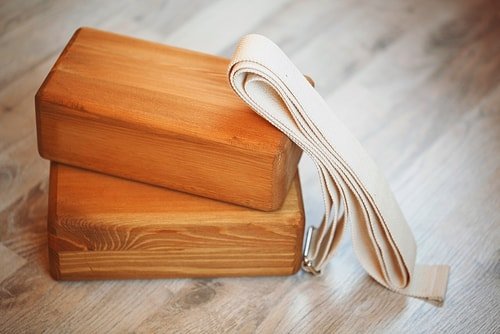
This really goes for anyone, but it can be even more useful if you have excess weight to work around. Do not shy away from using props.
If you can’t reach the ground, use a yoga block. If you can’t touch your toes, use a yoga strap. It’s better to perform the poses with a block or a strap than to skip them altogether.
Props serve as a helpful tool to use while you build the strength and flexibility to move on without them. They can be an invaluable tool in your practice if you let them.
7. Be positive.
Yoga is just as much a mental exercise as it is a physical one. Just having a positive mindset going into it and during it will make a huge impact on your practice.
It will help you fight the feelings of “I can’t” or “That’s not for me.” It will help turn those thoughts into “I can do that!” or “Let me try that!”
Take a moment to stop moving, breathe deeply, and concentrate on why you are on your mat and what you want to accomplish. Visualize your goals, whether it’s flexibility, strength, to be stress-free, pain-free, etc. Take a moment to visualize what that looks like for you, and use that focus to better your practice.
8. Track your progress.
This is especially important if you struggle with frustration or doubts about yoga and what you are capable of. Using a journal or an Instagram account to track your progress can be an invaluable tool in your journey if you let it.
Instagram is the best option because there is no better proof than what a photo can show (especially because yoga is so visual). It will also serve to inspire you. Don’t worry; you can set your account to private if you’d like.
9. Remember that the limit does not exist.
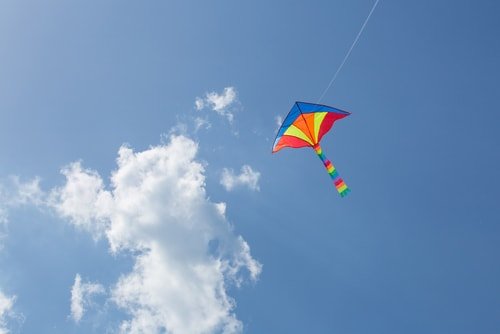
There are no limits for others, and there are none for you either. You are your only limit.
Your muscles operate in the same way as everyone else’s. Continue to challenge yourself, and you will continue to push past any preconceived notions or imaginary limits that you once had.
You will continue to progress with yoga, and you will find that the poses that once seemed impossible now feel very easy.
10. Find the right program.
There are several options that you have when beginning or progressing with your yoga practice. There are all sorts of classes, videos, and books on the many types of yoga. They will range in age, flexibility, strength, body type, skill level, instruction, etc.
With a wealth of health and fitness information out there, it can be difficult, frustrating, and overwhelming trying to decide what program is right for you.
This is exactly why I designed a program to be for beginners and people of all ages, flexibility, ailments, etc.
Our program, the Yoga Fat Loss Bible for Beginners, is all-encompassing, with 50 fat-burning yoga poses, a complete flexibility guide with beginner modifications, a 6-week workout plan, a beginner’s guide to meditation, and much more.
We designed it so that you can learn all about yoga, which poses are for you, and so that you can go at your own pace with your practice.
It also includes many beginner modifications that will help you progress over time!
Click here to check out the Yoga Fat Loss Bible!
If you enjoyed this article on yoga tips for anyone with a bigger body or have any questions, please feel free to leave a comment below!
